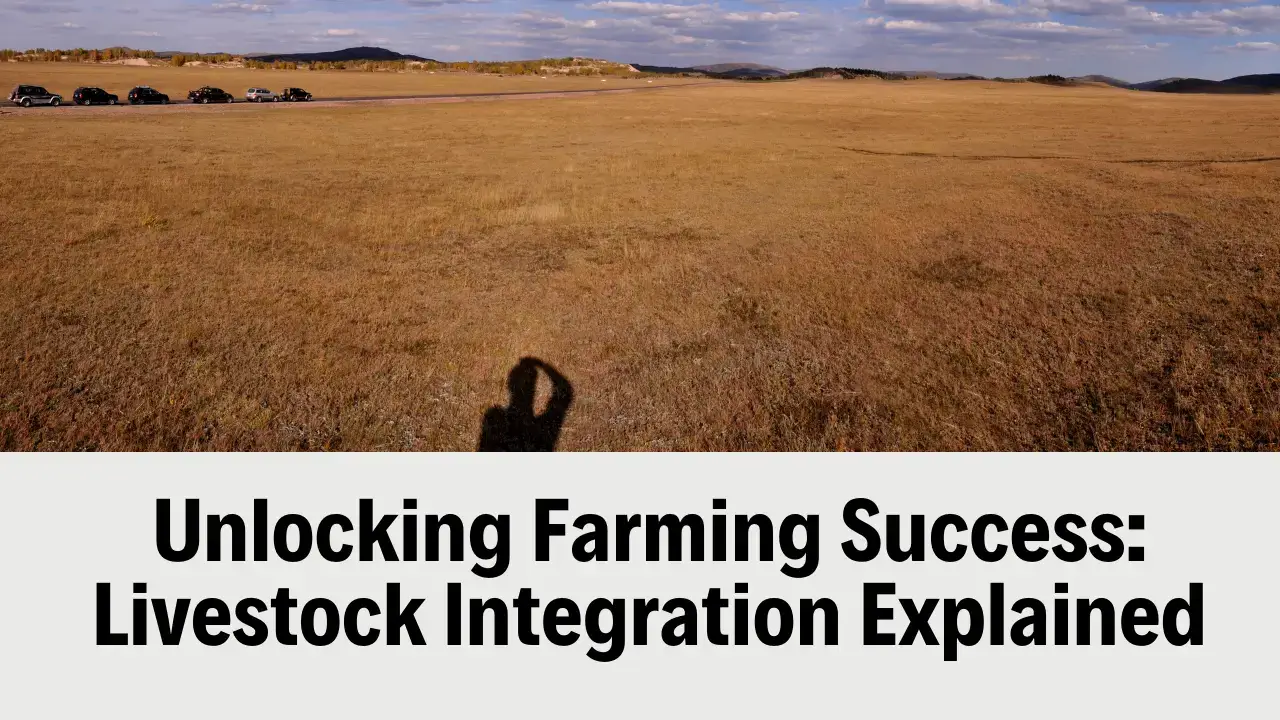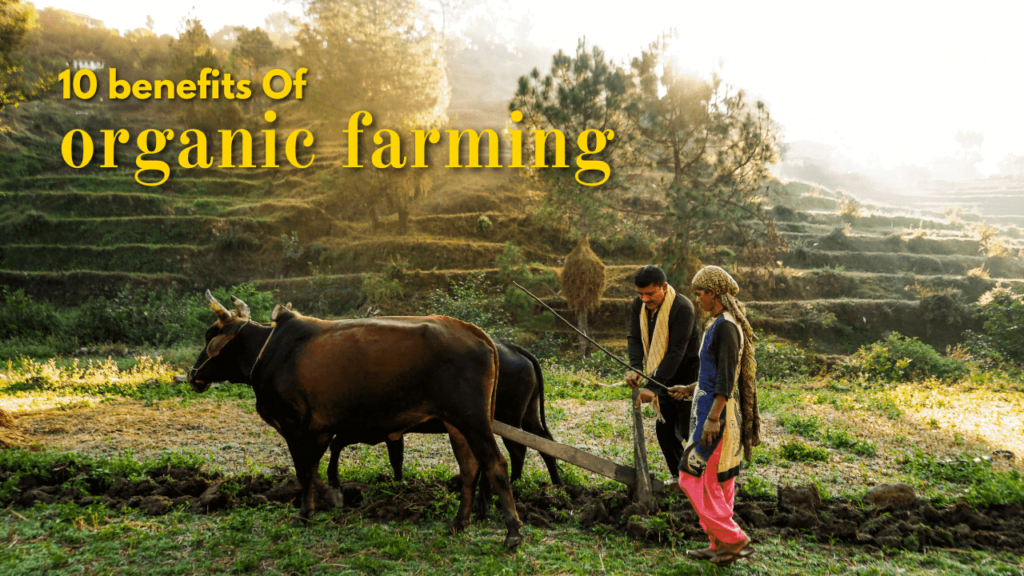Introduction
In the dynamic landscape of agriculture, crop diversification emerges as a pivotal strategy for farmers seeking sustainable and resilient practices. This article delves into the importance of crop diversification, shedding light on its myriad benefits and the crucial role it plays in modern farming practices.
Understanding Crop Diversification
What is Crop Diversification?
Crop diversification is a strategic agricultural practice involving the cultivation of a variety of crops within a single farming system. Unlike monoculture, which relies on the cultivation of a single crop, diversification introduces a spectrum of crops into the rotation. The primary goal is to enhance sustainability, reduce vulnerability to pests and diseases, and improve overall soil health.
This approach acknowledges the inherent risks associated with relying on a solitary crop and seeks to create a more resilient farming system. By embracing diversity, farmers not only mitigate potential economic losses due to unforeseen challenges but also contribute to the long-term health of the land. Crop diversification is a proactive response to the complexities of modern agriculture, offering a dynamic solution to the ever-changing demands and uncertainties faced by farmers worldwide.
The Benefits of Crop Diversification
Crop diversification offers a multitude of advantages, making it a cornerstone of modern agricultural practices.
1. Enhanced Soil Health
Crop diversification promotes soil health by preventing the depletion of specific nutrients. Different crops have varied nutrient needs, and rotating them helps maintain soil fertility, reducing the reliance on synthetic fertilizers.
2. Risk Mitigation
Monoculture, or the cultivation of a single crop, leaves farms susceptible to risks such as disease outbreaks or adverse weather conditions. Crop diversification acts as a natural insurance policy, spreading risks and minimizing the impact of unforeseen challenges.
3. Increased Biodiversity
Diversifying crops contributes to increased biodiversity on the farm. This not only benefits the ecosystem but also helps control pests naturally, reducing the need for chemical interventions.
4. Optimized Resource Utilization
Different crops have diverse water and nutrient requirements. By planting a variety of crops, farmers can optimize resource utilization, ensuring efficient use of water and nutrients, and reducing environmental impact.
Sustainable Practices for Crop Diversification
1. Crop Rotation
Implementing a systematic crop rotation plan is key to successful diversification. Rotate crops based on their nutrient needs and growth characteristics to maintain soil fertility and prevent the buildup of pests.
2. Intercropping
Intercropping involves growing two or more crops simultaneously on the same field. This not only maximizes land use but also fosters natural pest control and improves overall yield.
3. Agroforestry
Incorporating trees into agricultural landscapes promotes agroforestry. This sustainable practice provides additional benefits such as improved microclimates, reduced erosion, and enhanced biodiversity.
4. Cover Cropping
Planting cover crops during the off-season helps prevent soil erosion, suppress weeds, and add organic matter to the soil. This practice contributes to overall soil health and fertility.
Incorporating Crop Diversification: A Practical Guide
1. Assessing Local Climate and Soil Conditions
Before diversifying crops, farmers should assess local climate patterns and soil conditions. Understanding these factors is crucial for selecting a diverse range of crops that thrive in the given environment.
2. Market Analysis
Conducting a market analysis is essential to identify crops with high demand. Diversification should align with market trends to ensure profitability for the farmer.
3. Adopting Technology
Leveraging modern agricultural technology can enhance the success of crop diversification. Precision farming, data analytics, and advanced machinery play pivotal roles in optimizing diversified farming practices.
4. Knowledge Sharing
Farmers can benefit from sharing experiences and knowledge about crop diversification. Building a community network fosters collective learning and helps overcome challenges associated with adopting new agricultural practices.
Conclusion
In conclusion, crop diversification stands as a beacon of sustainable and resilient agriculture. By embracing a diverse range of crops and implementing best practices, farmers can unlock the full potential of their land while safeguarding against risks. As the agricultural landscape evolves, crop diversification remains a key strategy for a prosperous and sustainable farming future.
Remember, the success of crop diversification lies not only in its implementation but in the thoughtful integration of sustainable practices that ensure a harmonious balance between productivity and environmental stewardship.







